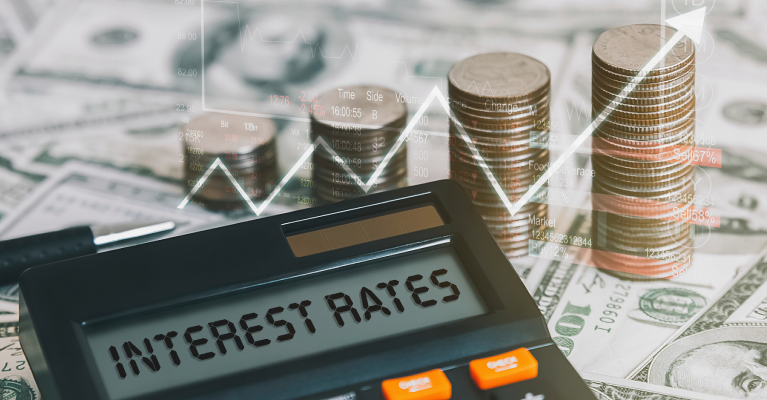After months of elevated interest rates, many consumers are looking for some relief.
The good news: The Federal Reserve is expected to begin decreasing interest rates over the remainder of 2024.
With rates expected to begin decreasing, many consumers are wondering when is the right time to consider refinancing or consolidating their debt with high interest rates? Here are tips to help you weigh your options.
Refinance When the Time is Right
While many homeowners who purchased in the past two years are eager to refinance their mortgages, there are other loans and debt that can weigh on consumers that are important to not overlook.
Whether you own a home or just have other debts such as student, car or personal loans, it is important to take the time to evaluate your various debts and the interest rates associated with each.
Refinancing can potentially lower your interest rates and monthly payments, while also allowing you to adjust other terms of your loans to meet your needs. If your credit score has improved since you initially took out the loan, you may qualify for better repayment terms.
It is important to work closely with your lender to understand the current rates offered, any fees associated with refinancing as well as any other terms and conditions that may impact your decision.
Consider Consolidation
If refinancing isn’t the right move for you, another alternative is to consolidate your various debts. This can help simplify things by combining multiple debts, providing you with one monthly payment and potentially lowering your overall interest rate. Among just a few options:
- Home Equity Line of Credit (HELOC): For homeowners, particularly those who have seen their home equity and home value increase in recent years, a HELOC can enable you to borrow against that equity. HELOCs are a revolving line of credit, like a credit card, but typically with better interest rates, and you only pay interest on the money you borrow. Some lenders also allow you to lock your rate for all or a portion of the credit line.
- Credit Cards: Consolidating by transferring your debt to a credit card with a 0% introductory rate is another option. Just ensure you carefully read the terms and conditions so you understand when the introductory rate ends, what your regular interest rate will be, and any balance transfer requirements.
- Personal Loans: A personal loan typically offers a lower interest rate than a credit card and can be another good option to consider.
- CD-Secured Loans: Certificates of Deposit (CDs) made a comeback thanks to elevated interest rates as they tend to offer better rates than standard savings accounts. If you have a CD, some lenders offer the option to use the money in your CD as collateral for the loan, which can lower the risk for the lender and potentially lead to a lower interest rate offer.
Build Your Credit for the Future
While many consumers are eager to lower their interest rates in the near term, it is important to not lose sight of your long-term credit and financial needs.
Continuing to build your credit score by borrowing responsibly and paying your loans and credit cards in full each month, whenever possible, can help lead to better loan terms in the future and put you on a more solid foundation to deal with economic ebbs and flows.
Evaluating whether refinancing or consolidating is right for you, and when, can require careful thought and planning. If you’re unsure where to start or want assistance evaluating your options, consider speaking with your local banker, who can help perform a financial checkup and build a roadmap for your goals.

Helping you boost your financial intelligence.
Read our financial resources from your friends at WSFS.




